In this moment of global volatility—marked by fragile economies, eroding public trust, and escalating supply chain shocks—companies face a critical choice: retreat from sustainability or reimagine how they lead.
The most forward-looking ones are doing neither. Instead, they are building resilience by designing an integrated portfolio approach to impact—aligning their financial tools, philanthropic capital, marketing, and value chains to protect their bottom line and strengthen their value and message to stakeholders. It’s not about ideology or optics. It’s about better strategy.
What Is a Portfolio Approach to Impact?
It starts with a mindset shift: recognizing that your philanthropic and financial assets can be complementary tools—not separate line items. From there, it’s about designing a clear, integrated strategy that activates capital in ways that:
- Advance core business goals: such as resilience, efficiency, growth in market share and profit margin over time, innovation, and talent retention.
- Increase cost efficiencies and reduce waste: across your business and supply chain, ensuring philanthropic, investment, and brand and marketing resources are used in the most optimal way.
- Deliver measurable impact: that ties back to your value chains, products, and services; reputation; leverages technology in savvy ways; strengthens consumer trust and brand equity; and opens new, unique business development avenues fueling a competitive edge.
LEBEC—an innovative finance strategy firm—partnered with Reckitt and others to help them do just that: rethink how their financial assets, corporate giving, and business objectives could work in concert to maximize impact, mitigate risk, gain market share, and meet fiduciary obligations.
What we found is that this kind of integration doesn’t just have the potential to create greater value for all stakeholders. It reduces waste, increases efficiency, clarifies purpose, and enables companies to act faster and more credibly in a world where inaction carries reputational and operational risk. It’s an approach any company can take, with the right structure and commitment.
How Companies Can Build an Impact Portfolio:
1. Start with Materiality—and Honesty
What are the greatest risks and opportunities to your business? Where can you lead with integrity and results—not just headlines?
2. Map Your Capital Ecosystem
Lay out all available tools: philanthropy, corporate investments, pension fund allocations, supply chain financing, and brand and product budgets. What are you underutilizing? Where are the silos?
3. Design for Alignment and Efficiency
Connect the dots between your philanthropy, operations, and sustainability goals. Are there ways to fund pilot innovations through philanthropy, then scale them through business units or investment capital? Are your philanthropic partners driving outcomes that your investors care about?
4. Build Internal Champions and Capacity
This work requires cross-functional leadership—from finance to marketing, sustainability to HR. Identify champions, train them, and empower them to collaborate beyond their silos.
5. Track What Matters—and Share Transparently
Track what is material to your stakeholders and bottom line. Then communicate progress in ways that are honest and auditable, not performative.
Why This Moment Demands a New Approach
The backlash to stakeholder capitalism has been swift and loud. But the root causes that gave rise to it—unaddressed climate risk, supply chain fragility, growth for the sake of growth versus relevant value creation, and rising inequality and consumer pressure—haven’t gone away. If anything, they’ve intensified.
Companies that view sustainability or impact as PR expenses will get caught flat-footed. Those that are rethinking capital as a toolkit versus a budget line will continue to be resilient, innovate, and create value and weather storms. From philanthropic dollars to corporate investments, foundation arms, supplier partnerships, and even balance sheet allocations—companies have options to do more in smarter and efficient ways. Instead of letting these sit idle or disconnected, bring them together to solve specific challenges—like resilient infrastructure, sustainable sourcing, or frontline workforce well-being.
This is how you turn “doing good” into “doing well.”
This is How You Future-Proof Your Company
In a world of rising climate shocks, consumer distrust, and geopolitical uncertainty, the most resilient companies will be those that understand how to mobilize all forms of capital with purpose and precision. A portfolio approach to impact is not charity. Your customers will reward you. Your employees will stay with you. Your investors will thank you. And you’ll be better equipped to navigate whatever comes next.










